Ethnic armed organisations are inching their way towards the complete expulsion of junta forces in the state.

Border Guard Bangladesh personnel detain Myanmar Border Guard Police seeking refuge at Whaikhyang on the Bangladesh-Myanmar border, 7 February 2024
Published 11 Jul 2024 Myanmar
Myanmar’s raging civil conflict marked another precedent in recent weeks, with the revolutionary forces seizing the country’s premier beach resort and its neighbouring airport. The Arakan Army (AA) announced in recent days that after weeks of heavy clashes with junta forces, it had overrun Thandwe airport and the entire region around Ngapali Beach, with its string of high-end hotels, in Southern Rakhine State. This was just the latest stage in a long war that has seen an ethnic armed organisation come close to expelling all security forces of the military State Administration Council (SAC) from an entire state.
The AA resumed its 15-year armed resistance in late 2023, after an uneasy “humanitarian ceasefire” in late 2022. This was in response to its participation in Operation 1027, which started in late October 2023 in Northern Shan State – a Blitzkrieg operation by the Three Brotherhood Alliance, of which the AA is a founding member – that seized much of the territory from the China border to the north-western territory of Mandalay. The AA had clearly been regrouping its forces and had roughly synchronised its own western offensive.
As it has since the 2021 coup, the SAC reacts to losing territory with savage scorched earth tactics.
The Rakhine offensive has been stunningly successful, although brutal. The Myanmar military has lost major base areas in strategically important Paletwa in neighbouring Chin State, along with key central Rakhine State townships including the symbolic capital of the old Kingdom of Arakan, Mrauk U. The Myanmar Army Western Command headquarters in Ann Township is increasingly vulnerable, as Southern Rakhine State also falls to the AA.
As it has since the 2021 coup, the SAC reacts to losing territory with savage scorched earth tactics. When the military was forced out of Pawktaw, it levelled the town with a combination of naval bombardment, air strikes, and artillery barrages. SAC forces have perpetrated a number of atrocities, including the torture and murder of more than 70 civilians in the village of Byine Phyu north of Sittwe, and the almost complete destruction of Sin Gaung village close to Ngapali Beach in June, with drone strikes, airpower and navy shelling

The offensive has also dramatically overrun two strategically important townships on the border with Bangladesh – Buthidaung in late May, and almost completely now, the town of Maungdaw. There are serious concerns that the AA’s success could inflame communal tensions between ethnic Rakhine and Rohingya Muslims, who make up a majority in both townships. Tensions are already high as the SAC forcibly recruits, and in some cases induces with weapons and cash, Rohingya men to join the Myanmar army.
Buthidaung was largely destroyed by fire in May, with unverifiable allegations that the AA engaged in arson attacks. The AA responded with the plausible assertion that the fires were sparked by SAC airstrikes. In June, the AA issued a warning to residents of Maungdaw to evacuate, as the SAC “has prepared extensively for urban warfare”.
The AA have long declared their political aspiration of gaining “confederation” status, rather than full autonomy from Myanmar.
Since the start of 2024, the SAC border security complex has gradually collapsed, with the majority of bases along the border with Bangladesh and India being overrun. In several cases, hundreds of soldiers and Border Guard Police have fled into Bangladesh and India. In addition, the Myanmar army has suffered several hundred casualties and similar numbers have surrendered to AA forces according to independent sources such as the Myanmar Peace Monitor. When the AA surrounded Military Operation Command No. 15 in Buthidaung in May, there was dramatic footage of hundreds of bedraggled troops, some being carried on stretchers and including families and Rohingya pressganged into service, surrendering to the AA.
One of the subsequent challenges of taking these areas, however, is the administration of stateless Rohingya, of which close to one million remain in mostly northern townships. Allegations of abuse of power and heavy-handed exercise of authority have abounded, not just from the Rohingya community but also Rakhine and other ethnic minorities. A recent report by the Center for Arakan Studies states that “(a)nalysing the far-reaching impact of these activities, due to rapid administrative expansion and unclear territorial boundaries, it’s challenging to determine exactly how much land the Arakan Army controls. However, it appears they have de facto authority over 50 to 75 per cent of Rakhine State.”
Over several years, the AA and its political wing, the United League of Arakan, and the “Arakan Authority” have attempted to extend administrative, judicial and basic services. This has entailed a combination of reverse engineering SAC bureaucratic systems and personnel, plus the creation of new networks of participatory local governance, creating hybrid systems with a strong AA influence. Formerly SAC schools, for example, continue to operate but students sing the AA anthem and salute the Rakhine flag. The AA humanitarian system was crucial in responding to the destructive Cyclone Mocha in 2023.
The AA have long declared their political aspiration of gaining “confederation” status, rather than full autonomy from Myanmar. However, the group’s unprecedented military achievements may well see the expulsion of all Myanmar military forces from Rakhine State by the end of the year. The next challenge will be keeping them out.

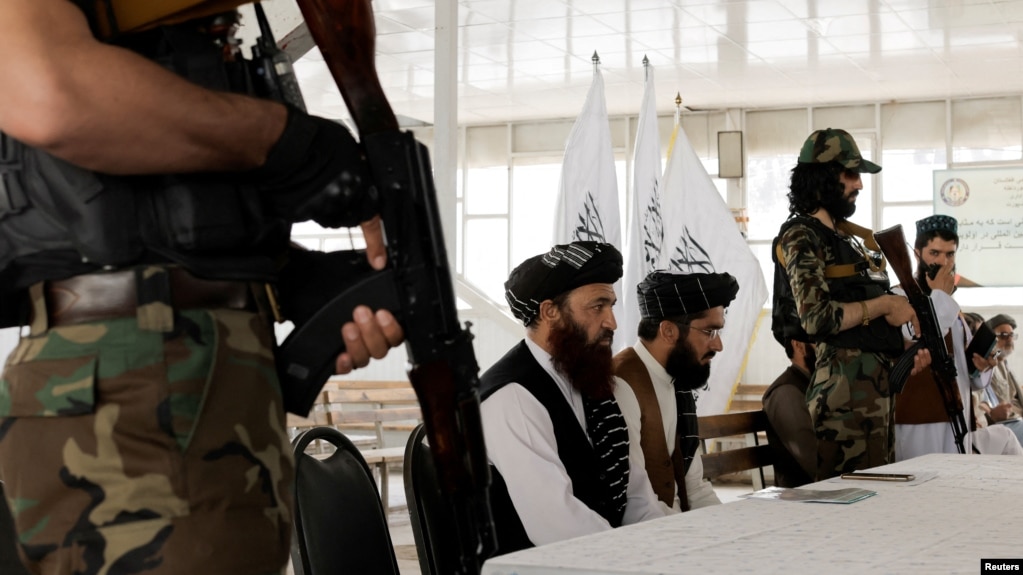
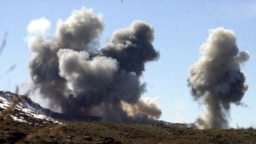

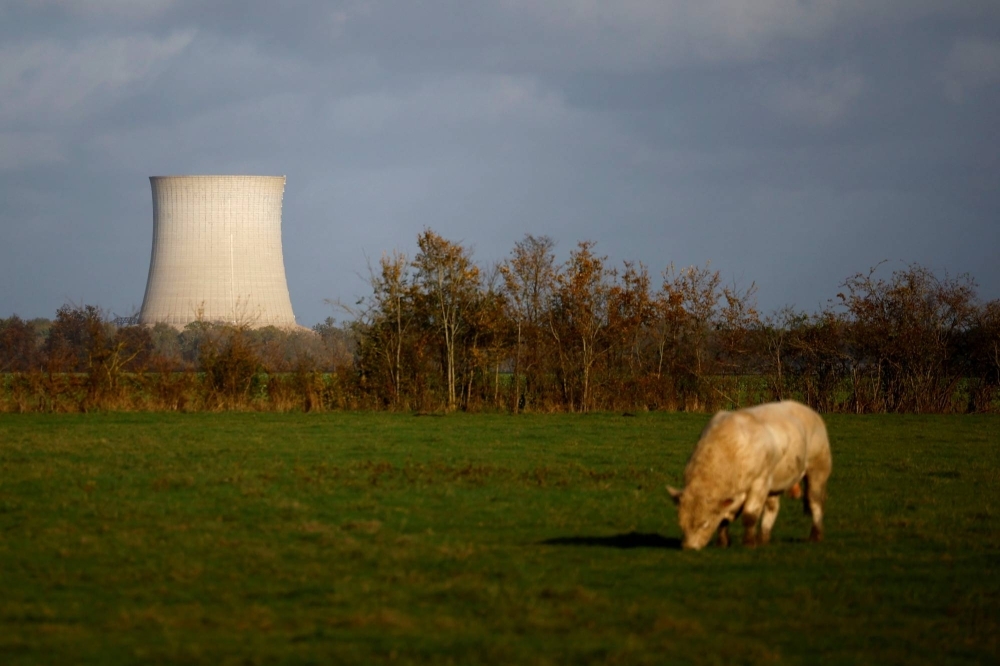
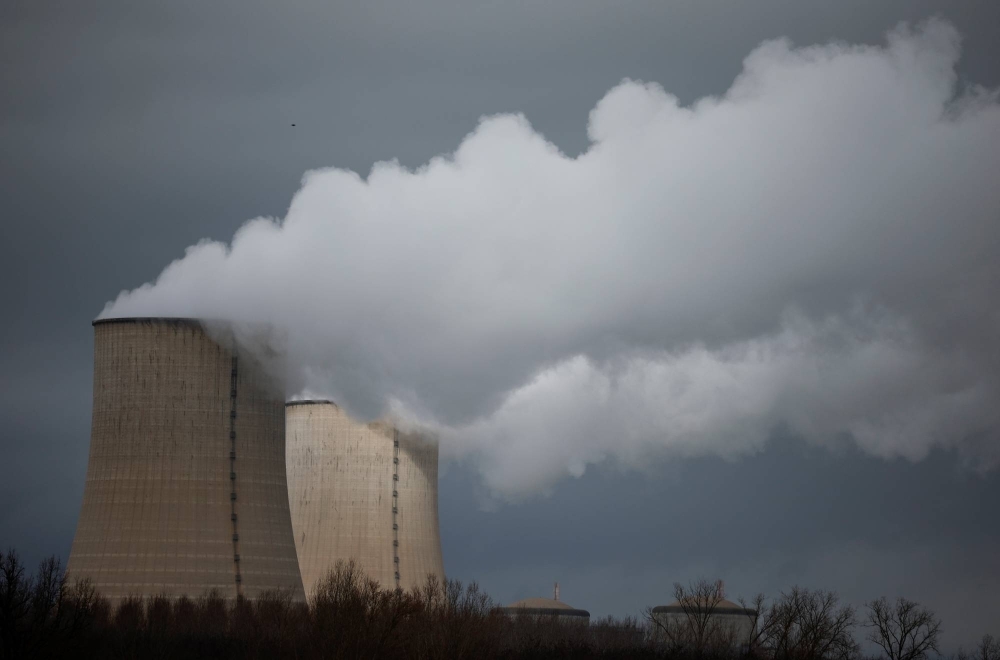

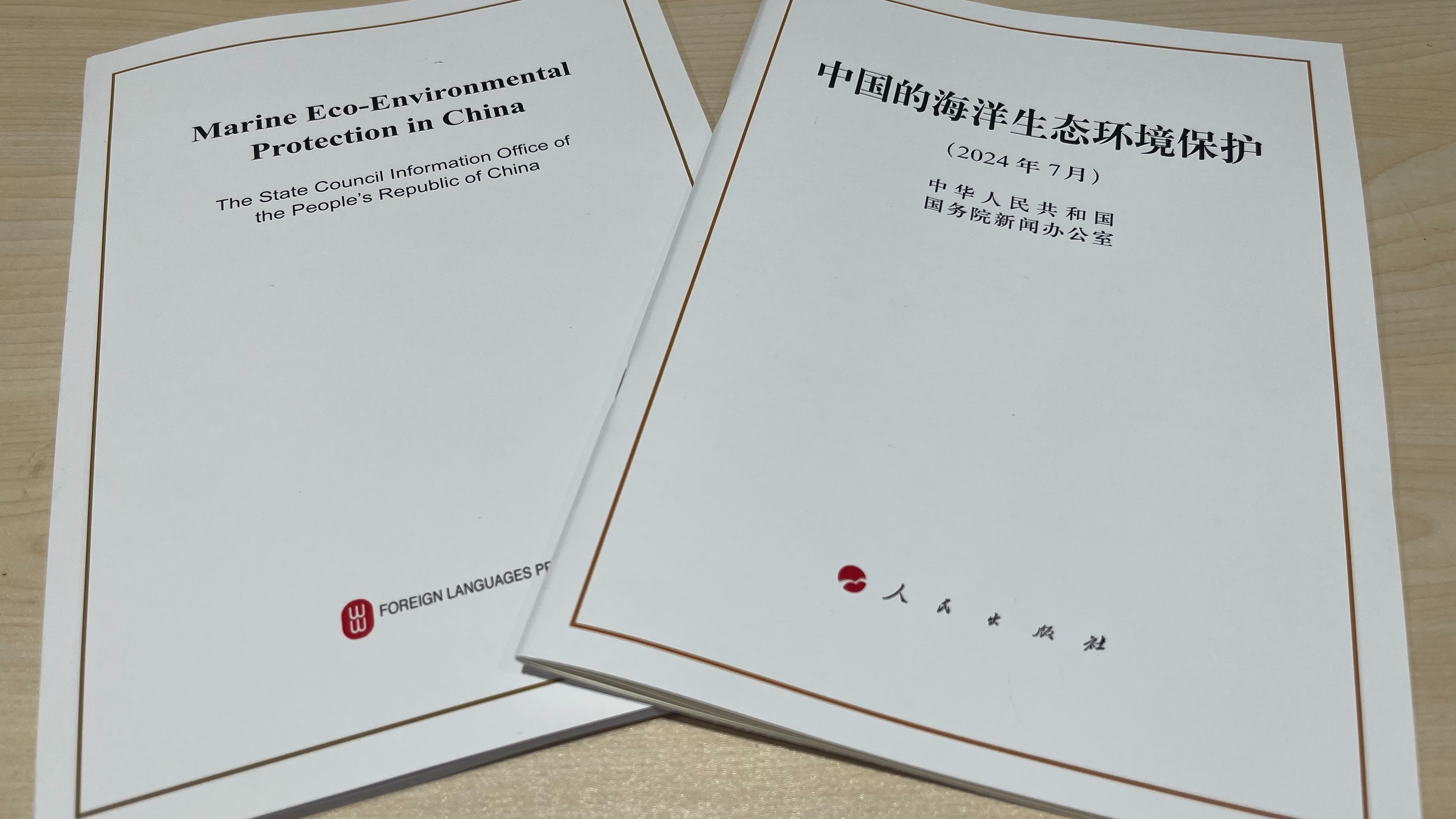

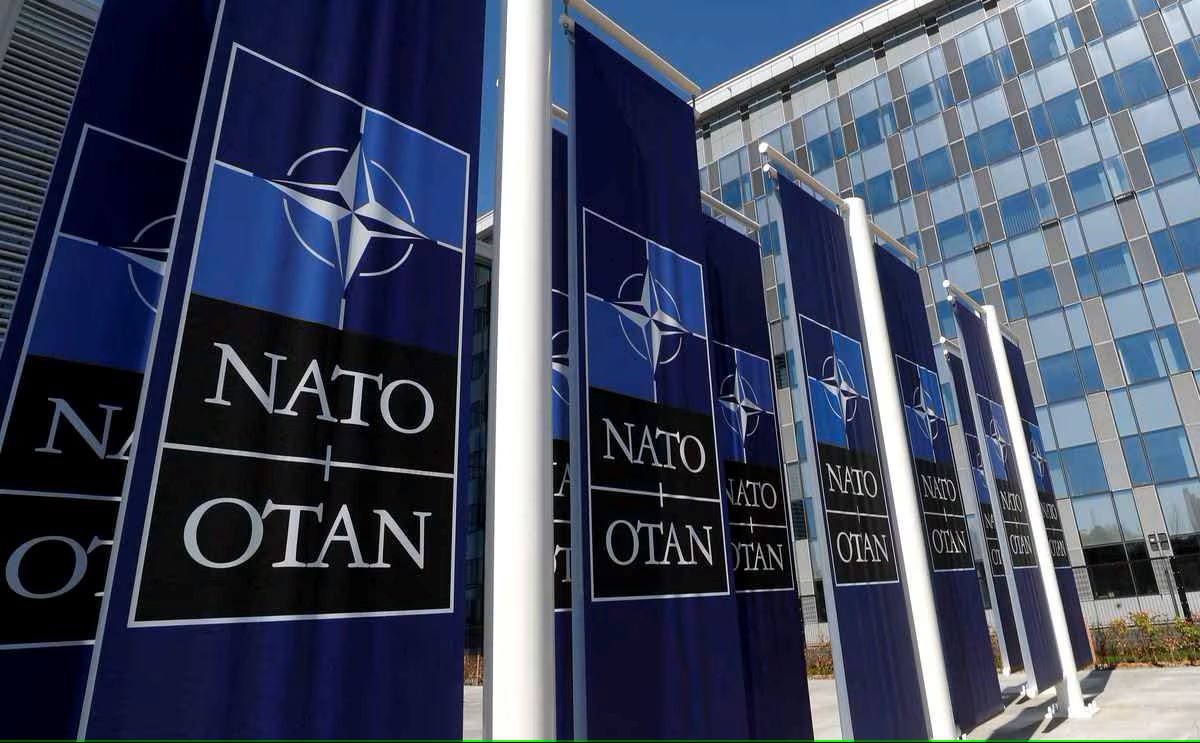
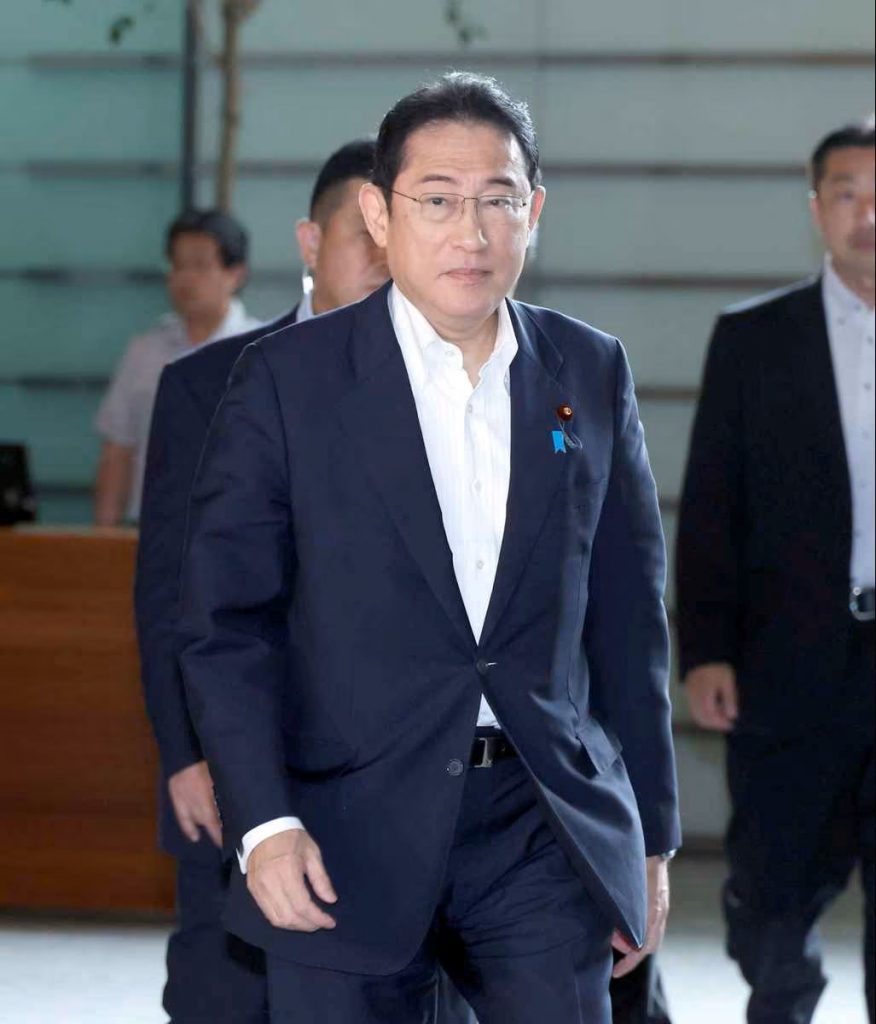
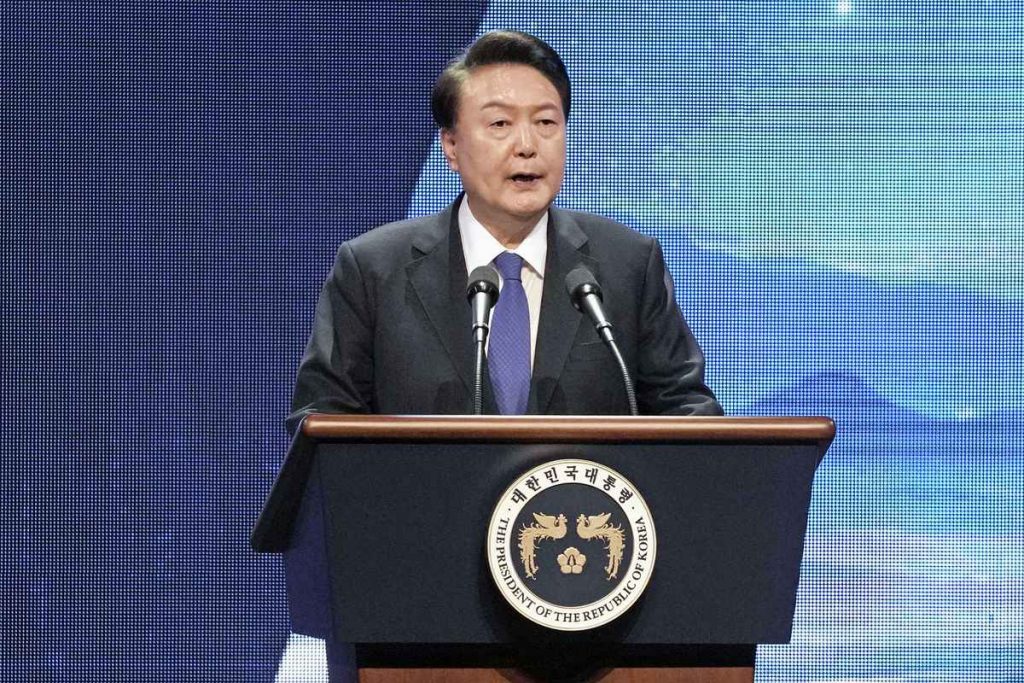
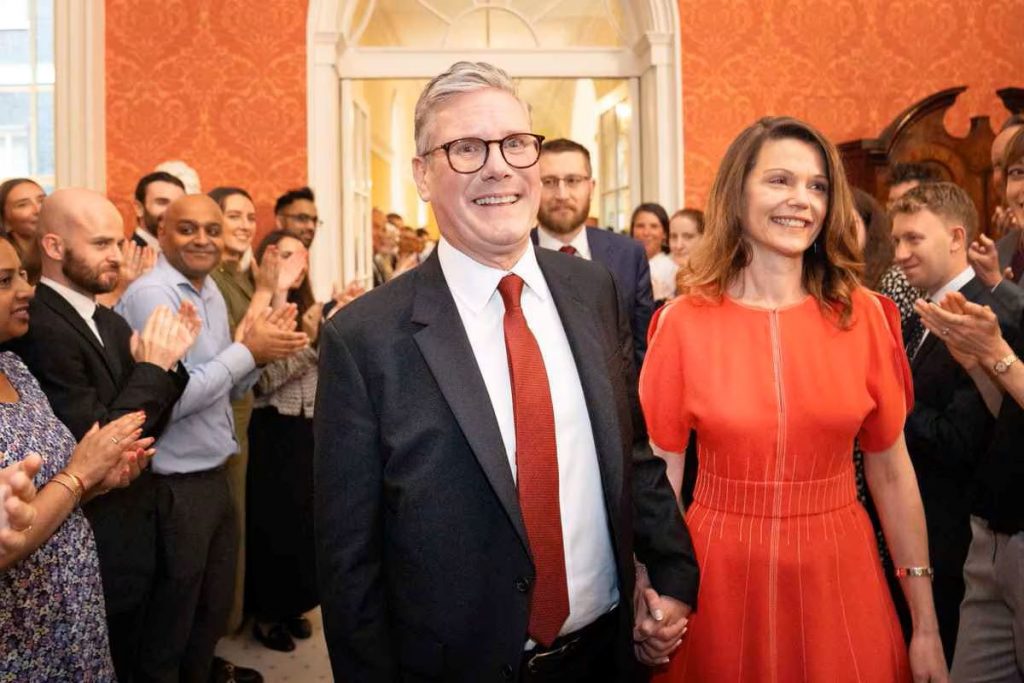
China's State Council Information Office on Thursday released a white paper titled "Marine Eco-Environmental Protection in China" to demonstrate China's conservation efforts and achievements in marine eco-environmental protection.
Besides the preface and conclusion, the white paper consists of seven parts: "Improving Marine Eco-Environment for Harmonious Coexistence Between Humans and the Ocean," "Coordinating Marine Eco-Environmental Protection," "Systematic Governance of the Marine Eco-Environment," "Science-Based Conservation and Restoration of Marine Ecosystems," "Strengthening Supervision and Administration of the Marine Eco-Environment," "Advancing China's Green and Low-Carbon Maritime Development" and "Carrying Out All-Round International Cooperation on Marine Eco-Environmental Protection."
China is a firm advocate for and an active participant in protecting the marine eco-environment, which is vital to its initiatives to build a beautiful China and a strong maritime country, the white paper noted.
Over the years, China has given priority to eco-environmental conservation and pursued systematic governance. It has coordinated development and protection efforts, and supported high-quality development with high-level protection, striving to build a marine eco-environment of harmonious coexistence between humans and the ocean, the document added.
Thanks to hard work over the years, China's marine eco-environment has shown overall improvement, with marked increase in the capacity of ecosystem services and functions in certain sea areas, according to the white paper.
"These achievements are a testament to the country's commitment to marine eco-environmental protection," it said.
The white paper said China has demonstrated its commitment as a responsible major country by actively promoting international cooperation in protecting the marine environment, faithfully fulfilling its responsibilities and obligations under international conventions, and contributing Chinese solutions and strength to the global governance of the marine environment.
(With input from Xinhua)